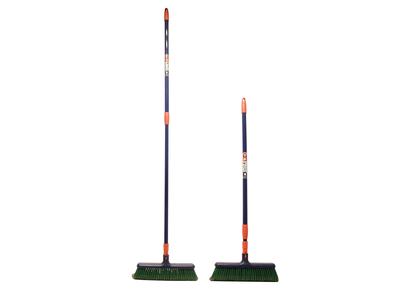
Embracing Autumn, planting for Spring!
September is a month when the garden relaxes into autumn and we appreciate the late summer bloomers that carry on through until the frosts. Don’t be tempted to cut everything down to the ground in one fair swoop; the idea of ‘putting the garden to bed for winter’ is a little outdated now there is more attention to appreciating and nurturing beauty and drama in the garden all the way through winter. With a good proportion of plants giving long and late colour and evergreen structure, seed-heads and berries, autumn can be a very atmospheric time in the garden, lit by the low autumnal sun.
In September and October, spring bulbs are widely available and it’s the perfect time to plant them. The soil is cooling but still has some warmth, and (hopefully) heavy clay soils are workable, at a nice midway point between their hard and dry summer state, before they become slippery and compaction-prone in winter.
Daffodils, crocus and tulips are of course the main players, but if you are looking for something new to try, alliums would be my recommendation, especially ‘Purple Sensation’.
For sunny well-drained spots try Scilla, Chionodoxa, and Puschkinia, or species tulips. Last year I tried Triteleia ‘Queen Fabiola’, and they flowered in beautiful violet-purple from June into July.For a spot under deciduous trees, Leucojum (summer snowflake) are fantastic, coming into flower as the snowdrops fade. Camassia and Fritillaria meleagris (snake's head fritillary) are great for naturalising into sunny grassy areas that don’t get too dry.
One key thing to remember - the bigger the bulbs, the more foliage there will be and the more noticeable it will be as it fades. Good horticultural practice says that you need to leave the foliage to die back naturally, as this feeds the bulb in preparation for flowing the next year. Taking these things into consideration, plant bigger bulbs where their fading foliage will be covered over by early-rising perennials.
If you’re planting lots of bulbs, it’s worth investing in a long-handled bulb planter tool. At this time of year our planting team plant thousands of bulbs; one person goes round dibbing-out the holes, and another follows with the bulbs and packing the core of soil back on top.
If you have areas you’d like to add bulbs to that are currently occupied by late-flowering perennials, there is a way to defer the planting to a later date. You’ll need to pot the bulbs up and keep them in a cool shady spot outside ready for planting out once you can get your eyes on the soil. Any spent potting compost in pots just big enough to take the bulbs will be fine, but make sure they’re in the ground in December or January at the latest, being careful not to disturb any new roots on the bulbs.
Finally, if you’re dreading the thought of winter encroaching, get your hands on some bulbs and you’ll feel spring at your fingertips!


